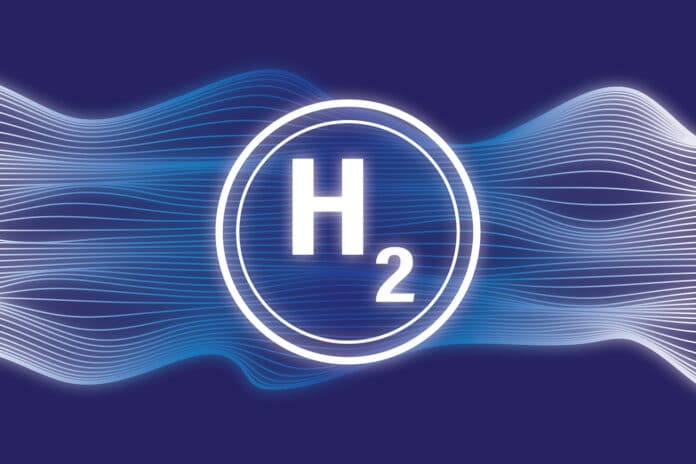Fuel cell technology is continuously evolving as renewable energy and alternate energy source and becoming an increasingly important means of reducing global dependence on fossil fuels. Planar fuel cells, a prevalent design, can be bulky and have compression issues, uneven current distribution, and excess water removal.
A team of researchers at the University of Connecticut (UConn) has developed a novel design for a tubular polymer electrolyte membrane (PEM) fuel cell with a replaceable inner electrode and electrolyte. The new design addresses the aforementioned shortcomings and improves on existing tubular PEM fuel cell designs, most of which take a planner PEM fuel cell and curl it into a cylinder.
The patent-pending concept could potentially have nearly twice the energy density of other tubular PEM fuel cells. In addition, it could be 50% lighter, have a leak-proof configuration, and require fewer precious metals.
Fuel cells are essentially refuelable electrochemical power generation devices that combine hydrogen and oxygen to generate electricity, heat, and water Planar fuel cells are constructed using sandwich-like stacks of large, rectangular flow field plates made of graphite or metal, which account for about 80% of their weight and 40% of their cost. UConn’s design uses a single tube-shaped flow field that reduces its weight by half and requires fewer precious metals.
According to the team, the novel design addresses compression issues, uneven current distribution, problems with reactant gas transport, excess water removal, and fabrication challenges associated with the design of planar fuel cells.
“A fuel cell with refillable components is a kind of solution that does that,” says Michael Invernale, a senior licensing manager at UConn’s Technology Commercialization Services (TCS). “An airline relying on this technology would have more incentive to rebuild a component. Right now, it might be cheaper to replace the whole unit. That’s really where this design shines. The features of the design are green and sustainable and renewable.”
The design concept is still a discovery and has I-Corps and Partnership for Innovation (PFI) funding from the National Science Foundation (NSF).
The team is now working towards obtaining a full patent on their design and thoroughly testing the concept. In the short term, they are focused on commercializing the technology and attracting potential partners. Jasna Jankovic, who led the research, envisions creating a fuel cell roughly the size of a AA battery; however, as a scalable and modular technology, it could be scaled up to any practical size.
Fuel cells have a wide range of applications, from powering homes and businesses to keeping critical facilities like hospitals, grocery stores, and data centers up and running and moving a variety of vehicles, including cars, buses, trucks, forklifts, trains, and more.
